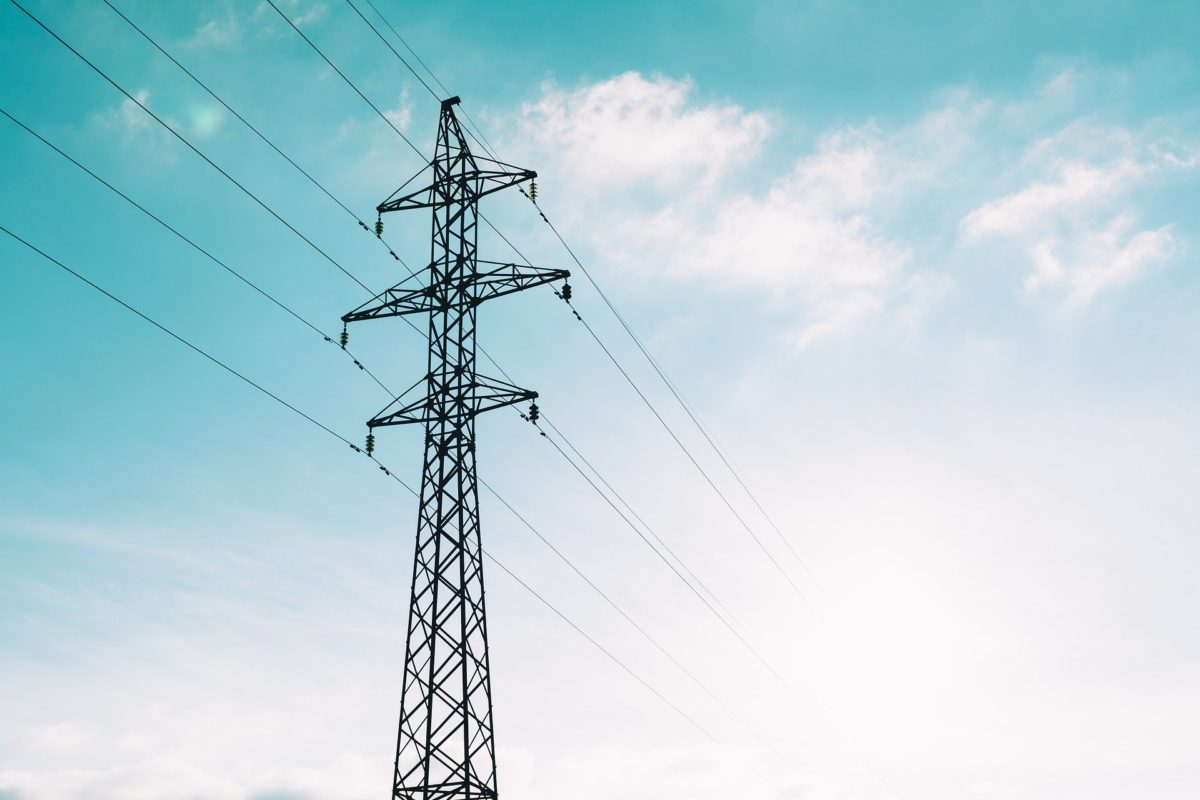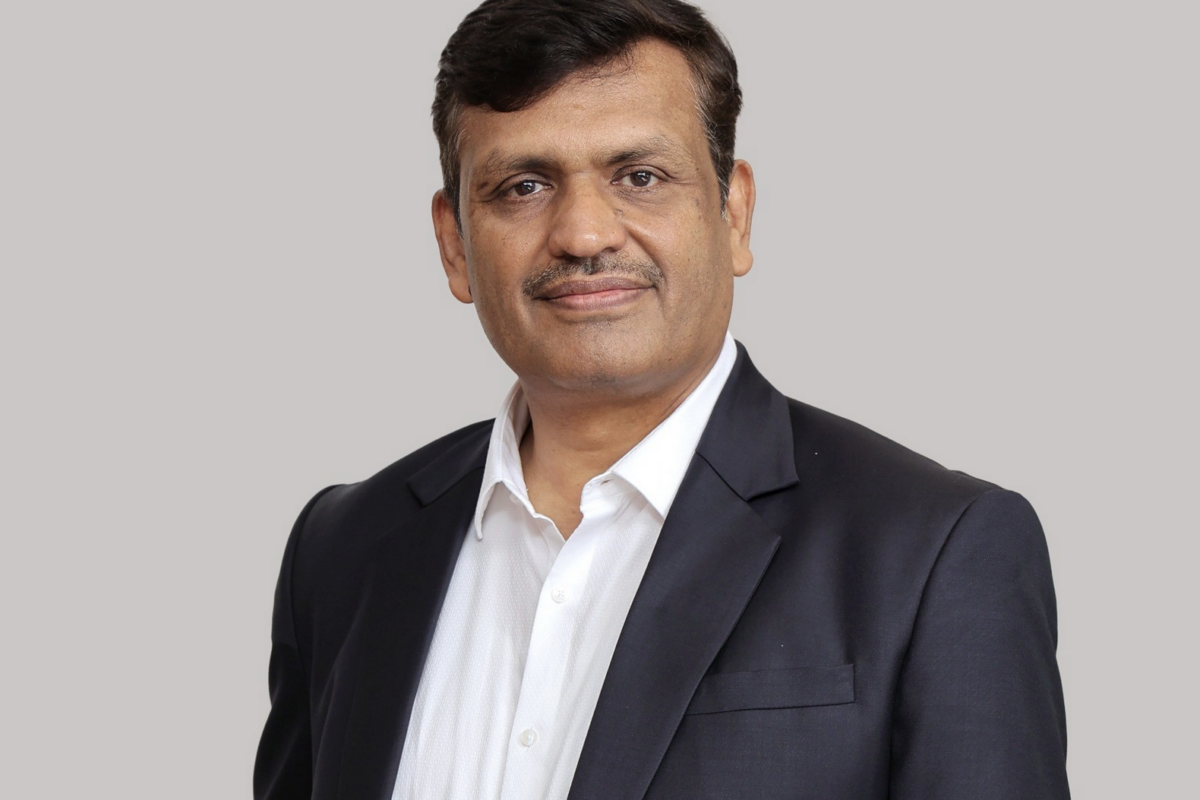Around 700 MW of solar and wind power generation project capacity could miss out on SDE+ large scale renewables incentives if grid congestion in the northern Netherlands means projects are not connected in time.
That was the claim made in an open letter sent to the Dutch parliament on Tuesday by energy providers association Energie-Nederland and renewables lobby groups Holland Solar and its wind power equivalent, NWEA.
The three bodies have called for a resolution of grid access problems and also asked the Netherlands Authority for Consumers and Markets (ACM) to ensure more transparency in the grid-connection proceedings applied by network operators. “We ask for network operators to disclose the reports that would show that networks are full and that congestion management is not an option,” stated the letter. “We also request that the ACM supervises the capacity policy of network operators.”
Conference
Solar analyst Peter Segaar told pv magazine: “Tomorrow a roundtable conference is being organized to illustrate and clarify the big problems confronted by the sector, to parliamentary energy specialists. The associations fear arbitrariness and non-transparency in the decision making process, and possibly unfair, unbalanced policies.”
The energy organizations say project owners at risk of losing incentives should either be allowed their grid connection on short notice or should be given a legally binding postponement of their commercial operation date deadlines under the SDE+ program, with grid operators forced to offer financial compensation for delays in network access.
The associations also proposed the creation of an “emergency lane” to network access by using grid reserve capacity only for renewables projects. “This provides an estimated 30% extra capacity,” said the organizations in their letter.
Reserve capacity
Analyst Segaar said Dutch power and gas provider Liander – which serves the provinces of Gelderland and Noord-Holland and parts of Flevoland, Friesland and Zuid-Holland – recently resorted to reserve capacity for a solar project developed by TP Solar in Flevoland.
Liander said in January it was seeking to ensure critical areas with strong solar development had enough generation, transmission and distribution capacity redundancy. A few days later, Dutch transmission system operators TenneT and Enexis announced there was limited capacity available for renewables projects – mainly large scale solar schemes – at locations in Groningen, Drenthe and Overijssel, in the northeastern part of the country.
A solution to the grid constraints is urgently needed as high volumes of solar generation capacity are expected to be deployed in the Netherlands over the next few years. The Netherlands Environmental Assessment Agency expects the nation’s solar generation capacity to have increased by another 5 GW by the end of next year, from around 4.4 GW at the end of 2018. By the end of 2024, Dutch PV capacity is predicted to reach approximately 15 GW.
This content is protected by copyright and may not be reused. If you want to cooperate with us and would like to reuse some of our content, please contact: editors@pv-magazine.com.




what a situation and lesson for my country. looks like “Chile case” gave lesson to grid operators